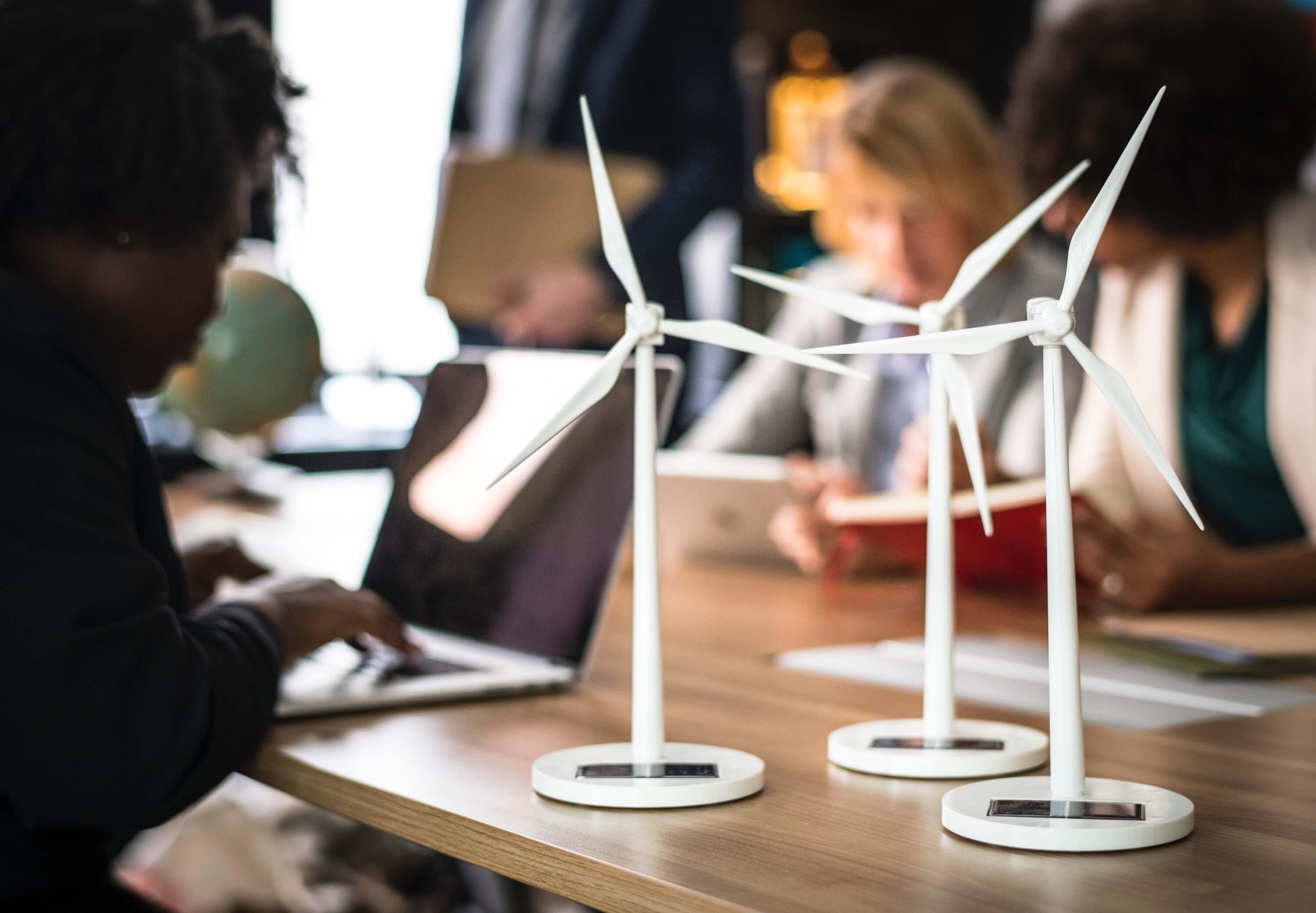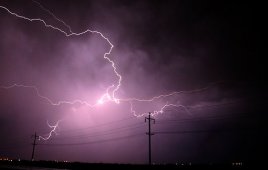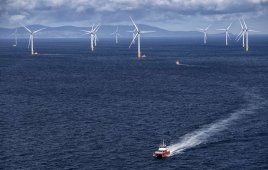A Q&A with senior underwriter, Jonny Allen

Jonny Allen
A long with the environmental benefits of clean energy, the economic value of offshore wind power in America is expected to be notable. An Eastern seaboard state in the U.S. could expect at least $600 million in economic benefits from one offshore wind farm, according to the advocacy group, Environmental Entrepreneurs.
For offshore wind projects to deliver in the U.S., however, reliability is key. Yet these wind farms face several risks given the harsh conditions of a marine environment. This means developers must fully understand those risks and properly insure projects to avoid unexpected losses.
In the February 2019 Windpower Engineering & Development issue, Jonny Allen, Senior Underwriter and Head of Offshore Wind at global insurance company Travelers, answered questions relating to insurance and offshore wind sites.
Here, Allen shares more of his insight on the industry, based on his several years of wind experience in Europe.

Offshore wind projects present unique challenges and risks, which means insurance is critical to protect developers from unexpected losses. It is important to seek the advice of a qualified underwriter with experience in the wind business to mitigate project risks and maximize coverage.
Q. In what ways does the offshore wind industry differ from the onshore sector concerning risk?
A. The transportation, installation, project architecture, including wind-turbine foundations and electrical cabling, are far more complex in a marine environment. This means underwriters must consider the combined risks of vessels, heavy lifts, winds, waves, and tight scheduling for offshore projects.
However, most of the offshore wind risk is present during the underwater construction phase of a project, known as the subsea work (such as the cabling) — and well before a turbine tower or nacelle leaves the harbor.
Insurance requirements for the offshore wind industry must be specific to the project location, layout, suppliers, installers, and operators, and the range of potential coverage is much greater than for onshore wind.
The project size and complexity can also be far more significant, so considerations for both developers and insurers to get the balance of risk and premium correct is even more critical offshore.
Nonetheless, offshore and onshore wind projects do have similarities. The wind turbines are typically manufactured by the same suppliers and share similar risks relating to component breakdowns, weather events, and electrical outages, which require sophisticated insurance products.
Q. How soon should a wind developer secure an insurance plan for a project?
A. Typically, we see engagement with insurers six to 12 months before a project’s financial close for established offshore wind territories. Longer lead times allow underwriters more time and input into decisions that can affect a project’s risk, which could lead to considerable cost savings in the future. Early project tasks, such as surveying the project site or installing meteorological masts or light detection and ranging technology (LiDAR), can require liability coverage. The sooner such discussions are had with a broker, the better to maintain a project’s timeline.
Q. Are there standard insurance policies available to offshore developers?
A. In a broad sense, operational and construction policies have a standard framework but with key clauses that are specific to offshore wind. This may include clauses that cover the different exposures typical of new project territories, such as hurricanes on the East Coast of the U.S. or typhoon risks in Asia. The policies are then tailored to a specific project. Since each offshore wind developer has its own risk appetite, the policies can vary widely.
Q. How do federal marine regulations, such as the Jones Act, affect insurance policies for offshore wind?
A. Underwriters are often investigating how changing construction methods can increase or decrease risk profiles. In general, more complexity means higher risk, which can impact a project’s profile.
The Jones Act is a good example of how decisions made by current project developers may improve risk profiles. These choices, for example, may stimulate American shipbuilders to meet the challenge of providing a fleet of new vessels — which may sustain the offshore wind sector for decades to come.
In the near term, however, this will likely require increased transit times from staging areas outside of U.S. waters or the use of feeder barges and jack-up vessels. Both have different but increased risk profiles, which insurers must consider.
Q. Are there certain transportation or port infrastructure risks that developers should consider during the construction phase of a project?
A. In Europe, offshore projects often have the benefit of multiple port options, which can drive efficiencies when developing a construction schedule. Risks still exist, however. One example is the spatial requirements at ports to meet the increasing size of wind turbines.
Access to secure storage for materials is another consideration when selecting a port. Also, harbors must properly accommodate the vessels required during the construction of a wind farm.
Underwriters might question traditional property risks, such as security and exposure to weather events. Typically, pre-commissioning of turbines is now done onshore to decrease hours offshore, and this includes the risk of lifting errors or electrical breakdown increases.
As developers begin to share port facilities, the chances of an accident or event impacting several projects increases, which insurers view as an accumulation of exposure. This may lead to the continuation of underwriting such risks. A multi-line insurer with expertise in offshore wind and writing ports and terminals will be highly valuable because of his or her understanding of the changing risk requirements of project developers.
Q. Can you share how O&M challenges may affect insurance costs from turbine downtime?
A. One current O&M challenge is distance for projects situated far from shore, which requires long transit times, floating accommodation platforms, or possible helicopter transfers. One way to offset these risks is to increase the use of predictive monitoring so that wind-farm maintenance is only performed when essential.
This typically means greater upfront costs and developers require a certain confidence that it would be repaid over the lifetime of a project. It is the job of insurers to understand and share what insurance savings these offshore investments may produce over time.
Filed Under: Featured, Insurance




